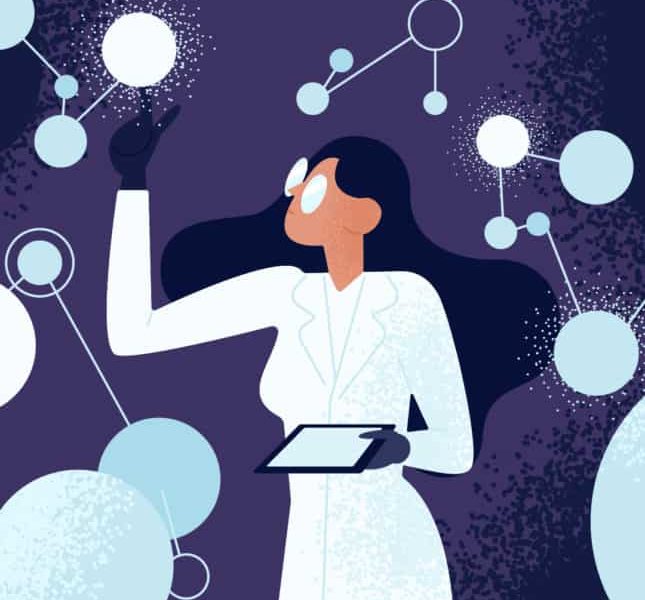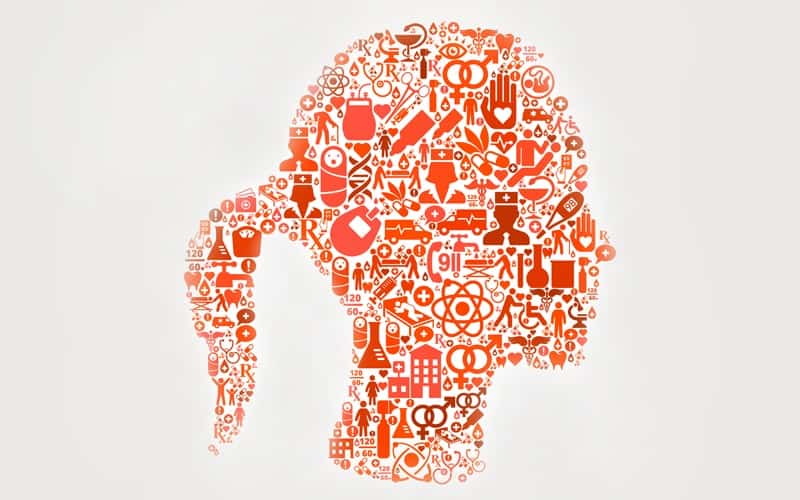
(WOMENSENEWS)–Just shy of two years from when I was diagnosed with metastatic colon cancer, I am driving soccer car pool when my daughter pulls from her bag a pair of pink shoelaces and announces that everyone is wearing them to the game tomorrow for breast cancer.
"Why?" I ask.
"Breast cancer awareness. It’s Breast Cancer Awareness Month."
Almost two years since my colon cancer diagnoses, 18 months since I went off the crazy, poisonous chemotherapy and switched to the gentler, maintenance chemotherapy, 14 months since I went back to work, eight weeks since my last CT scan confirming that yes, I still have plenty of cancer in my abdomen but it doesn’t seem to be going anywhere, 10 days since my last chemotherapy infusion, four days before my next infusion, and I am almost speechless.
"Why awareness?" I ask.
"Everyone will wear pink so people know about, you know, breast cancer."
This is the 12-year-old who I had to tell I had cancer when she was 10.
In the front seat is the 14-year-old who I also had to tell I had cancer. Who asked if I would wear a wig because she wasn’t telling her friends that I had cancer. She sits here now and tells me the importance of awareness. They both tell me it’s so people will donate money and then there can be a cure.
"Kids can’t donate money so we will wear the pink laces in our cleats to remind other people to donate money," said my 12-year-old.
Don’t get me wrong. I am here today because of the magic of medicine and those who fund the magic. One day I thought I had it all together–biked to work, had dinner simmering while one child was being dropped off from soccer and I was helping the other one with a school project–until the phone rang and my doctor told me I needed to have a CT scan because "things didn’t look good in my liver." After more CT scans and biopsies I started chemotherapy with grim predictions of my prognosis. And despite being a pediatrician, the whole cancer–the diagnosis, the treatment, the outpouring of love (and lasagnas), how good I feel today–feels like it was conjured up by wizards. How else to explain it?
‘Why Do It?’
"But what is it about awareness? Why do it?" I ask.
To which I am schooled by my 14-year-old: "When people marched for jobs, they didn’t expect to get a job at the end of the march. They were raising awareness."
Still uncomfortable with the idea–and not exactly sure why–I try another tack. "Why pink? Why don’t you guys wear blue, the color of colon cancer?"
"No one would understand what that meant so it wouldn’t raise awareness."
A generation ago, people died of cancer alone. No one talked about it. They whispered the word cancer and they tried not to tell children or co-workers. Part of the difference between then and now is that people didn’t live as long once they were diagnosed and people didn’t live in maintenance (like I am now). And part of the difference is that the culture was not to talk about scary aspects of life, including cancer. That meant many people who died of cancer died not knowing if their friends and family were, well, aware.
Awareness raises money. Since the early 1990s, the American Cancer Society has raised over $500 million through just one of its programs, "Making Strides Against Breast Cancer." They spend the money largely on screening and research. And last summer’s "Ice Bucket Challenge" to raise money for ALS proved that awareness and the subsequent donations didn’t have to be a part of an organized race or walk-a-thon. Within the first summer, the social media-driven Ice Bucket Challenge raised over $40 million.
We did the Ice Bucket Challenge. We were at a family gathering. One by one the cousins dumped ice on each other’s heads and jumped into the pool. We all posted it on Facebook, liked each other’s posts and donated money. I did it but felt conflicted about it. In my head, associating our fun cousins’ weekend with my friend’s dad’s death from ALS didn’t make sense. I was a little embarrassed to have her see my Facebook post.
Doing Something
A friend of mine helps run a victimization group at the university where she works. Instead of doing so many other things they could be doing, she tells me her students sell lollipops and organize a day where they refuse to talk, in order to call attention to all the victims whose voices are not heard. On the one hand, she finds the activities less than what they could be. On the other hand, she gets it. People feel bad about so many issues in the world and don’t know what to do so they do something they can do.
Like feeding my family when I was sick from the chemo. Or driving my daughters to practice when I was too sick to drive. Or wearing pink laces in your soccer shoes cleats during Breast Cancer Awareness Month.
Which, I guess, is the point. All those lasagnas and warm socks and slippers and wigs and hats and cookies and pumpkin breads and dinners and chocolate and carpools for my family did let me know without a doubt that we were a part of people’s consciousness. That my friends and family didn’t have the cure for my cancer but they were doing the best they could. Which, actually, made our lives tolerable enough so that when I was ready to return to much of my life, it was all still there waiting for me.
Despite my ambivalence about raising awareness through soccer cleat laces or selling lollipops or ice bucket challenges, I get it that awareness is both good for fundraising and good for people who are suffering.
I don’t know if pink laces are the right answer but here’s what I do know. Chemo is certainly keeping me alive right now. But what gives me life are the communities of people who are taking care of me and my daughters. And that couldn’t happen for me or anyone else unless people were aware.
Would you like to Send Along a Link of This Story? https://womensenews.org/2015/10/my-daughters-pink-cleat-laces-make-me-wonder/


